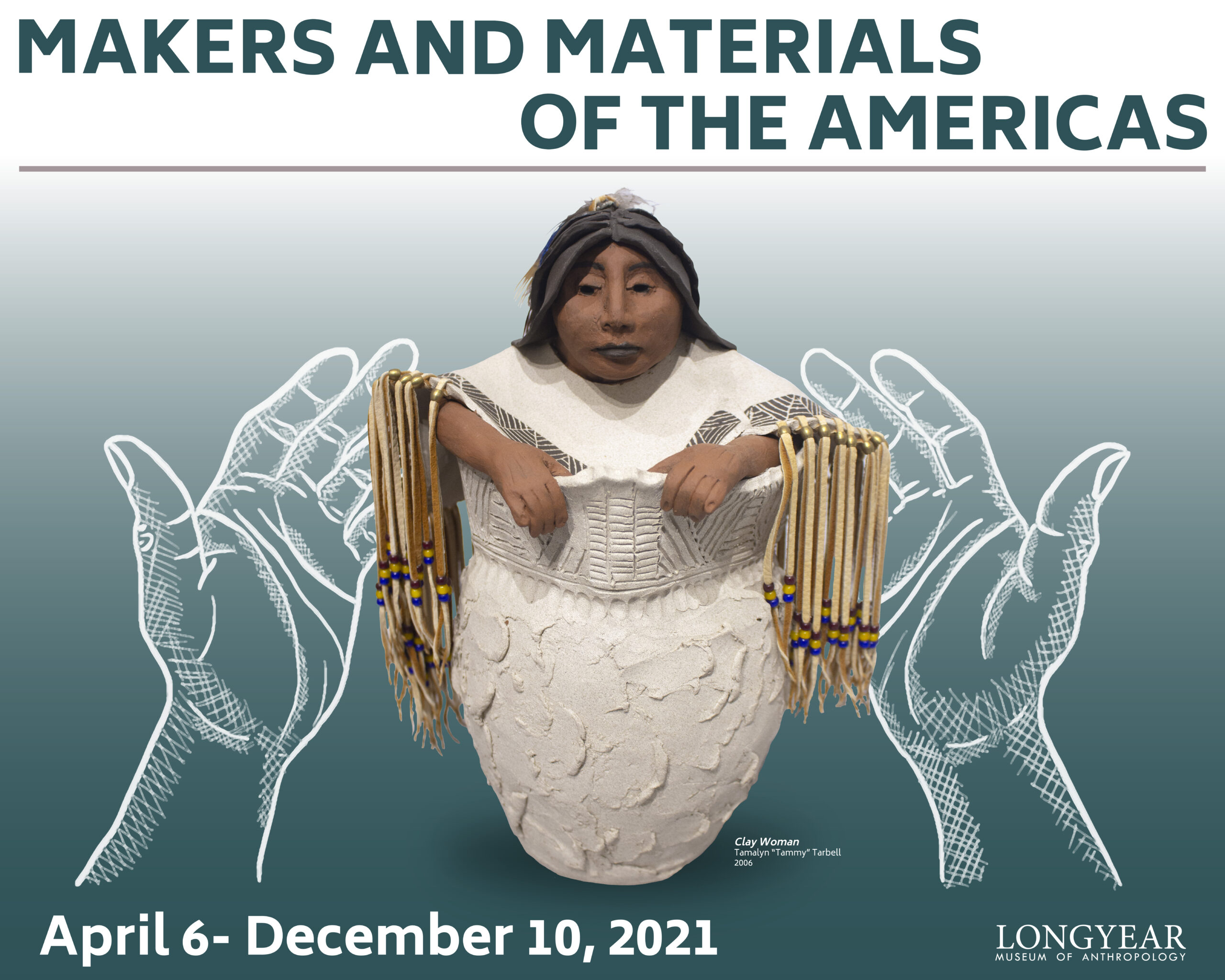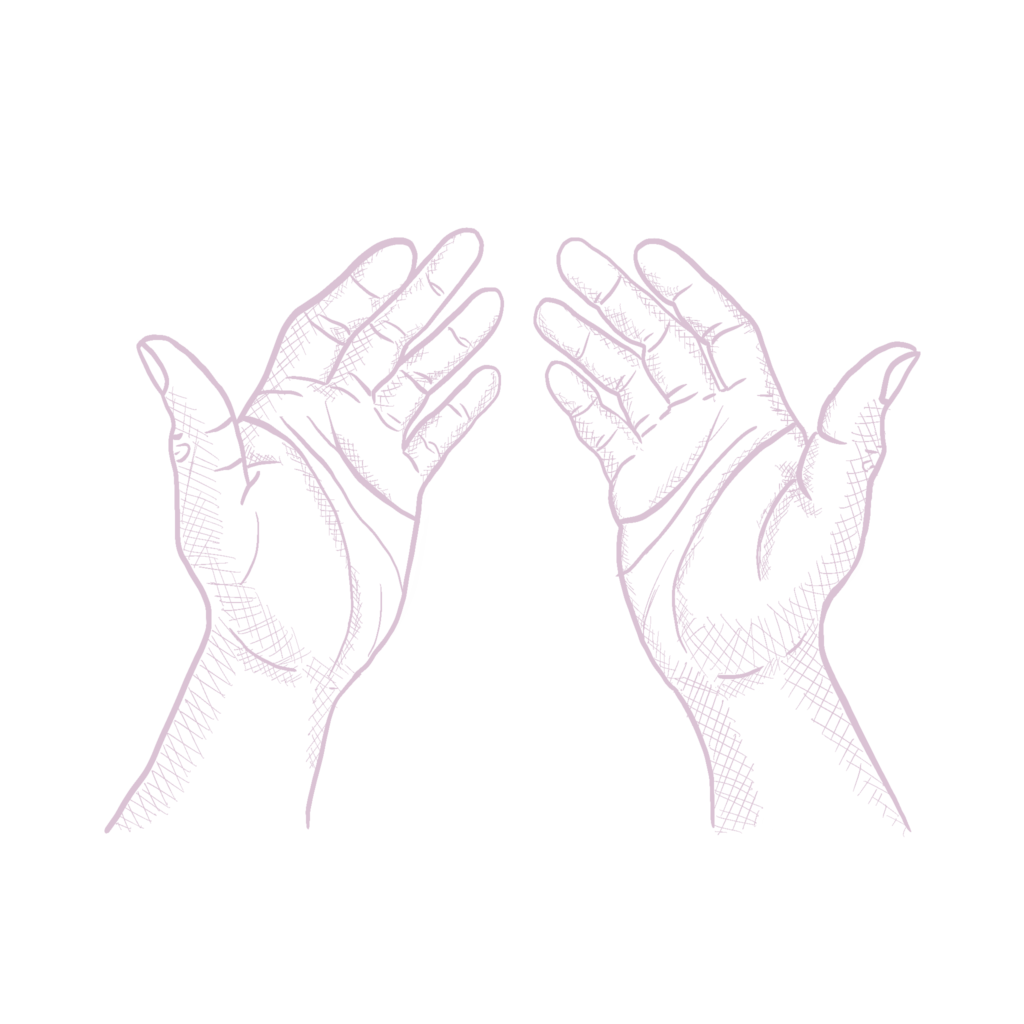Choose your path

Anthropology museums have a history of presenting collections by cultural region, as representative of cultural groups around the world. Unlike in art museums, the individuals who produced the artworks and belongings that end up in anthropology collections are rarely highlighted. This exhibition serves as an experiment in re-centering the individuals represented in the Longyear Museum of Anthropology collections by asking a series of questions: What can we learn about a maker from the belongings they created? What do the materials and symbols incorporated reveal about the makers’ cultural influences? By focusing on the makers and their materials, what kinds of stories can we highlight?
The exhibit also highlights connections between makers and their materials of choice. These materials give us insight into the ways in which the environmental contexts shape the makers’ experience, from the arctic coast to tropical forests, mountains to woodlands. Materials can also act as a vehicle for teaching a lesson, carrying out a daily routine, or communicating through performance.
Once in a museum, as these collections transition from storage context to exhibition space, decisions are made regarding what pieces to include, why they support the overall narrative, and how to display them. This leads our team to wonder: how can we responsibly talk about the works in our collections and their possible meanings to their makers? What are some of the obstacles to this approach when limited information is available about the source of a piece?
From Canada to Peru, this student-curated exhibition explores 40 works from the Longyear Museum of Anthropology collections from artists and makers throughout North, Central, and South America. What we have discovered is that identities are complex. Makers are constantly “reimagining tradition,” creating their own style based on their own unique experiences and messages they want to communicate. The more we know about our collections, the better we can do at relaying these choices.


